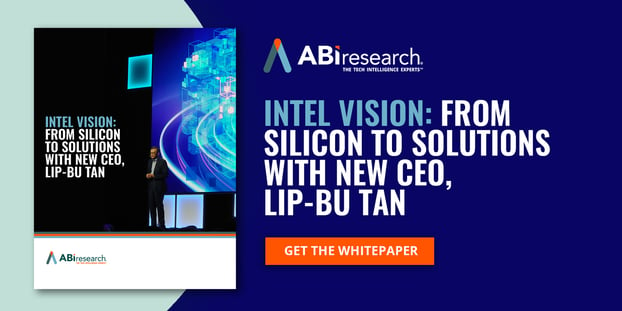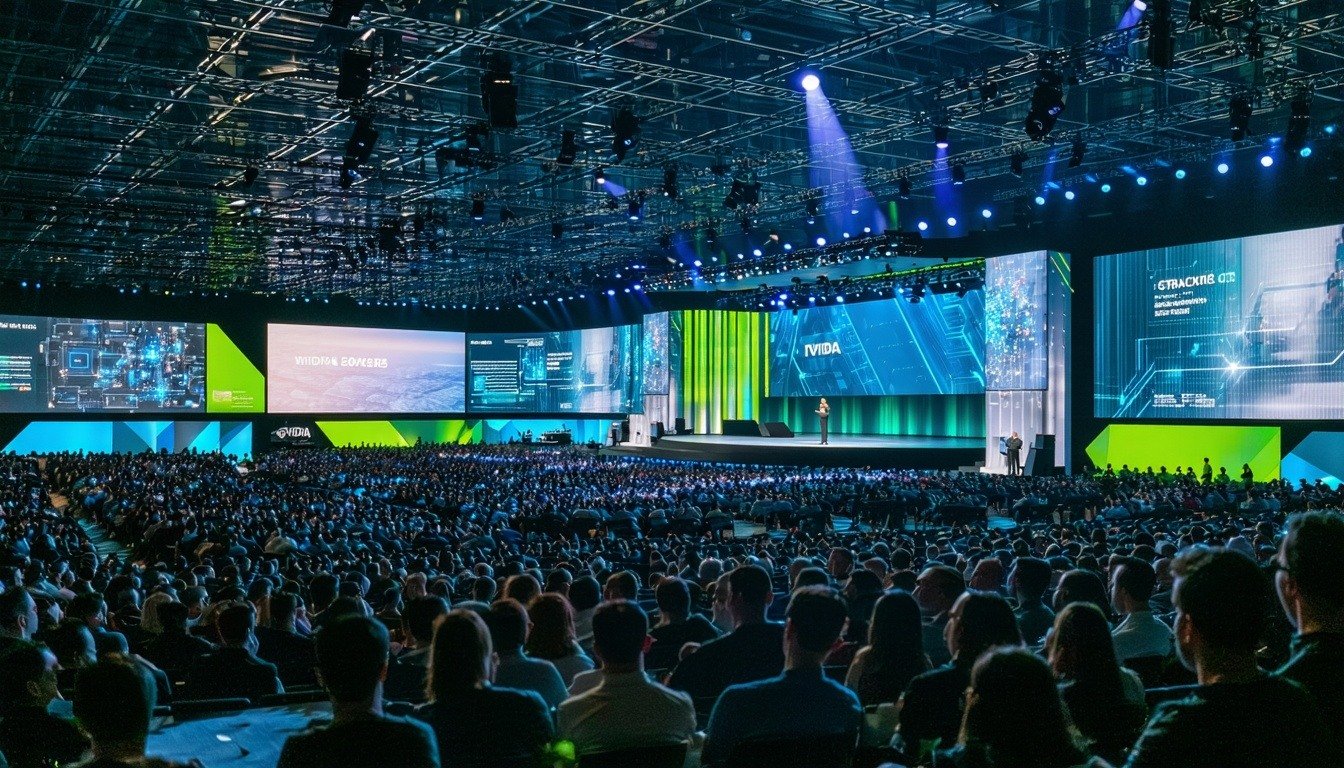Intel Vision 2025 was held on March 31 to April 1 in Las Vegas, roughly 300 miles northwest of last year’s Phoenix venue. The event marked a critical moment for Intel as new Chief Executive Officer (CEO) Lip-Bu Tan outlined his strategy to revitalize the US$160 billion semiconductor firm as a semiconductor leader. Tan plans to reverse Intel’s recent decline by adopting a “day one startup mentality,” transforming the company into a customer-centric, Artificial Intelligence (AI)-powered innovator with a software-first approach. ABI Research views this as a high-stakes endeavor, given Wall Street’s focus on short-term results and Intel’s need to compete with agile rivals. Leveraging Intel’s manufacturing strength, an impressive Intellectual Property (IP) portfolio, and robust Research & Development (R&D) capabilities, Tan aims for a sustained transformation of the Santa Clara, California-based firm.
Tan’s vision hinges on AI as the cornerstone of Intel’s future. Rather than focusing solely on traditional hardware, he emphasized AI’s potential across Generative Artificial Intelligence (Gen AI), Agentic AI, and Physical AI applications. Moreover, his personal investments in quantum computing and photonic interconnects suggest a potential long-term commitment to disruptive technologies. Additionally, Tan hinted at collaboration with three major AI platforms, pointing to a co-design strategy that could strengthen Intel’s role in the AI ecosystem. This approach underscores a shift from silicon-centric development to meeting the evolving needs of an AI-driven market.
A key pillar of this transformation is Intel’s move to a software-first methodology. Historically rooted in a hardware-driven business model, Intel is now adopting an “outside-in” model, starting with customer workloads to shape its technology development. This requires significant internal changes for a company with over 100,000 employees, including relocating software developers to business units for better alignment. Tan’s connections to firms like Perplexity and Databricks signal potential partnerships to enforce this change. By prioritizing customer needs, Intel seeks to rebuild trust and deliver more relevant solutions to enterprises.
This customer-centric focus extends to Intel’s data center and edge computing strategies. In the data center space, Tan confronts Intel’s weakened position with a plan to improve efficiency, reduce AI workload costs, and target inference tasks for Tier Two firms, avoiding direct competition with NVIDIA. The forthcoming Jaguar Shores AI accelerator exemplifies this ambition, though roadmap uncertainties pose risks. At the edge, Intel leverages its x86 base to serve industries like manufacturing, smart cities, and retail, building an ecosystem with partners like Siemens and Honeywell. Both efforts reflect Tan’s intent to align Intel’s offerings with customer priorities.
The top challenges standing in the way of Tan’s future roadmap for Intel include the stock market’s short-term priorities, the rapid technological progression among industry giants, and internal friction. Despite these adverse factors, Intel’s strengths—notably its manufacturing capacity, IP, and R&D capabilities—offer a viable path forward. ABI Research views Tan’s strategy as a high-stakes balancing act between immediate execution and sustained innovation. If successful, Intel could reclaim its standing as a semiconductor leader.
Want a wider window into Intel’s future? Download ABI Research’s whitepaper, Intel Vision: From Silicon to Solutions with New CEO, Lip-Bu Tan, for our analysts’ comprehensive analysis of Tan’s overhaul and its implications for the industry.




